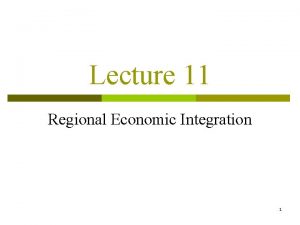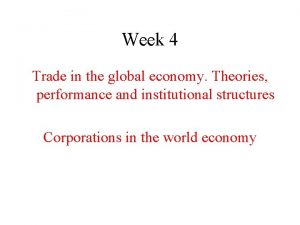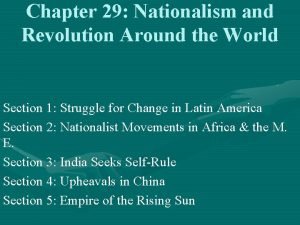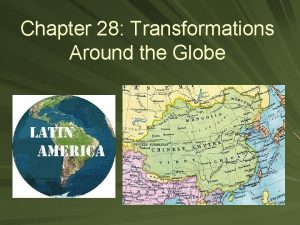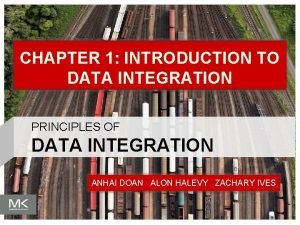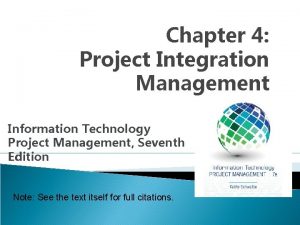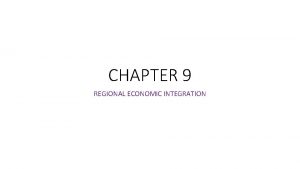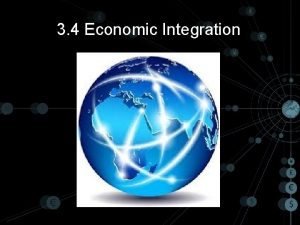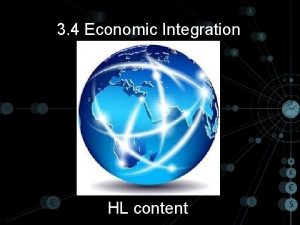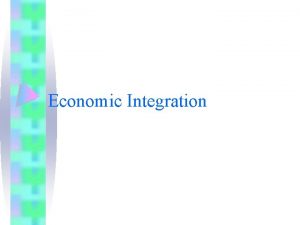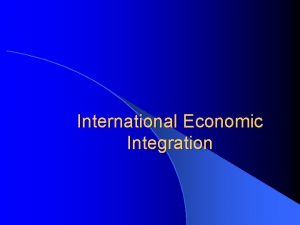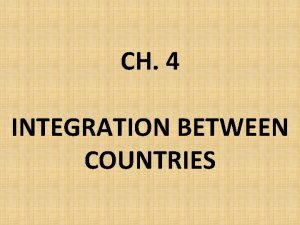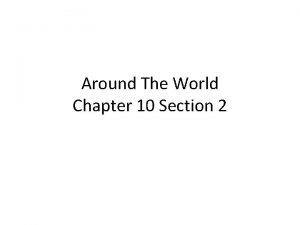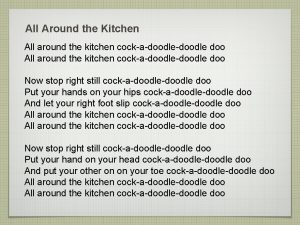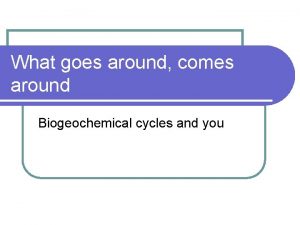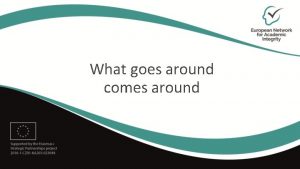CHAPTER 3 ECONOMIC INTEGRATION Introduction Economic integration around


















- Slides: 18

CHAPTER 3 ECONOMIC INTEGRATION

Introduction: Economic integration around the world has been one of the most significant trends since world war two. The creation of regional groups is intended to provide both economic stability and growth, as well as Increasing the level of political cooperation amongst the member nations. The creation of common markets and the promotion of free trade and investment flows. Requires A willingness on the part of member nations to subordinate national interests to those of the group.


Effects of Integration Static effects Shifting of resources from inefficient to efficient companies as trade barriers fall Dynamic effects Overall growth in market Expanded production Greater economies of scale 4

The Pros and Cons of Integration: First: The Pros (Advantages): (I). The pros (Advantages): 1 - Offers the opportunity for increased wealth. There is evidence to suggest that the GNP of countries that are members of major economic groups will rise faster than that of non members. 2 - A greater level of political cooperation between member countries and a sense that it is easier to reach a consensus view with a small group.

The Pros and Cons of Integration: Second: The cons (Disadvantages): (II). The cons (disadvantages): 1 - Can lead to a diversion of trade which favors member countries at the expense of non-members. 2 - Possible employment consequences of greater levels of integration. Within the EU, there are no restrictions on the movement of labor between countries. Might lead to ‘brain drain’ ( )ﻫﺠﺮﺓ ﺍﻻﺩﻣﻐﺔ 3 - Possible impact upon national sovereignty – subordination of national interests to those of the group.

Levels of Economic Integration: Levels of integration (in ascending order): ( )ﻣﻦ ﺍﻷﻀﻌﻒ ﺍﻟﻰ ﺍﻷﻘﻮﻯ I. Free trade area. II. Customs union. III. Common market. IV. Economic union. EXPLAINED IN DETAIL ON THE NEXT SLIDES

Levels of Economic Integration 1 - Free trade area: A region within which all trade restrictions between member states are removed. 2 - Customs union: eliminate internal tariffs, and place common external tariff on goods being imported from nonmembers

Levels of Economic Integration 3 - Common market: same elements as customs union plus allows free mobility of production factors such as labor and capital 4 - Economic union: Takes economic integration to its final conclusion via the harmonization of national economic policies, Codetermined via a joint legislators.

European Union Largest and most comprehensive regional economic group http: //europa. eu. int/index_en. htm Began as a customs union Formed the Euro Parliament European Commission Initiates proposals for legislation Guardian of treaties Manager and executor of Union policies and trade relationships Manages the annual budget of the EU Established common currency (euro) Expansion challenges 10

European Trade and Economic Integration Map 7. 1 11

European Union Issues Abolish the right of individual EU countries to run their own foreign policies Have the right to raise direct taxes Use common border controls Integrate the European police force Influence national governments’ budgets much more strongly Create a European president to run the Council of Ministers 12

North American Free Trade Agreement (NAFTA) Established in 1994 by: United States Canada Mexico Combined population and total GNP greater than 15 member EU NAFTA covers: Market access (tariff and nontariff barriers) Trade rules (subsidies and antidumping) Services Investment Intellectual property Dispute resolution Good example of trade diversion 13

NAFTA Special Provisions North American Free Trade Agreement Unique aspects of NAFTA include: Labor lobby in US forced the inclusion of labor standards such as the right to unionize (to prevent massive job loss to Mexico) Improved working conditions Living standards Environmental lobby pushed for an upgrade of environmental standards in Mexico and strengthened compliance 14

MERCOSUR Established in 1991 MERCOSUR (Common Southern Market) is an economic and political agreement among Brazil Argentina Paraguay Uruguay Generates 80% of South America’s GNP Signed free trade agreements with Bolivia and Chile Negotiating with EU for free trade agreements 15

Association of South East Asian Nations (ASEAN) Organized in 1967 Member countries are protected by tariff and nontariff barriers Tremendous potential market opportunities-500 million consumers http: //www. aseansec. org/ home. htm 16

Commodity Agreements Attempts to counteract price instability through: Exercise of market power through international commodity agreements Stabilization of producer revenues through riskmanagement instruments, such as commodities futures Stabilization of government revenues through precautionary savings funds 17

Organization of Petroleum Exporting Countries (OPEC) Producer cartel Group of commodity-producing countries that control supply and price OPEC controls price by establishing production quotas on member countries OPEC member countries produce 41% of the world’s crude oil and 15% of its natural gas http: //www. opec. org/ 18
 What goes around comes around example
What goes around comes around example Goes around comes around meaning
Goes around comes around meaning Forward integration and backward integration
Forward integration and backward integration Make or buy continuum
Make or buy continuum Simultaneous integration and sequential integration
Simultaneous integration and sequential integration Different types of economic integration
Different types of economic integration Regionalization and globalization venn diagram
Regionalization and globalization venn diagram Economic growth vs economic development
Economic growth vs economic development Difference between economic growth and economic development
Difference between economic growth and economic development Chapter 1 lesson 2 our economic choices worksheet answers
Chapter 1 lesson 2 our economic choices worksheet answers Nationalism and revolution around the world
Nationalism and revolution around the world Marketing is all around
Marketing is all around Academic life around the world chapter 1
Academic life around the world chapter 1 Marketing is all around us
Marketing is all around us Chapter 28 transformations around the globe
Chapter 28 transformations around the globe Principles of data integration
Principles of data integration Attributesynonym
Attributesynonym Introduction paragraph format
Introduction paragraph format Directing and managing project execution
Directing and managing project execution





